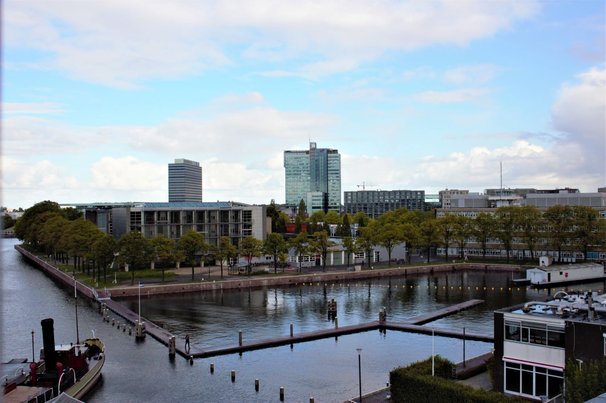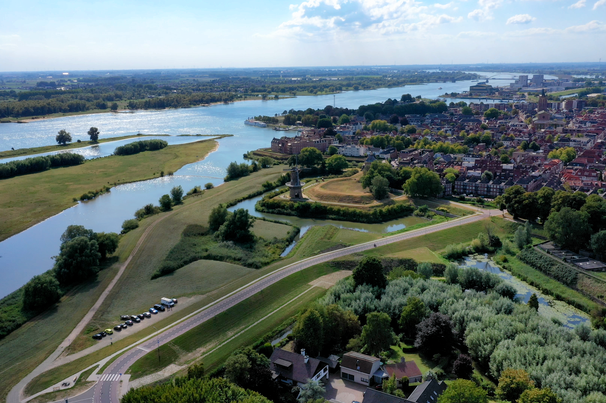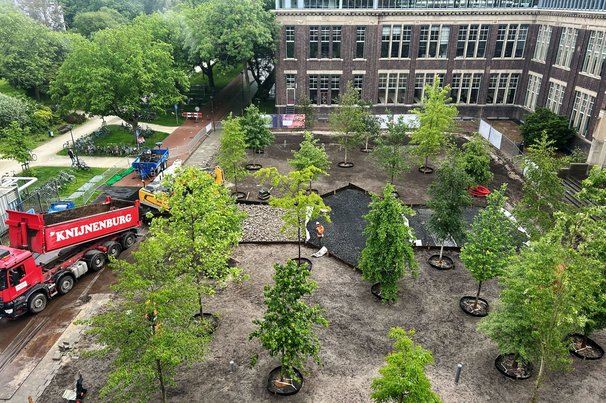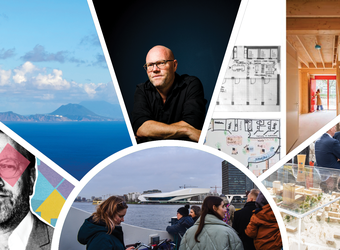Onderzoek In the past, areas at the geographical boundary of ports and their cities have generally been subject to dereliction and subsequent urban redevelopment. Old port areas are interesting for urban re-use due to their location on the waterfront and their close proximity to the inner city. Moreover, the public attitude towards waterfront zones has changed significantly since the 1960’s, and has created a high civic – and thus commercial – interest in waterfront locations inside the urban realm. Today, the pressure for the development of alternative uses in areas that are obsolete for or underutilized by their original functions is mounting, particularly in parts of the port (still) surrounded by the city. In fact, the great amount of attention for waterfront redevelopment projects around the globe have triggered a ‘logic’ which features an unstoppable and ongoing port decline or migration, automatically resulting in urban development opportunities. In major seaport-cities, however, this modus seems about to be put seriously to the test. What about harbour zones inside cities of which the port is still a growing and valuable asset? What will happen in still functioning port areas adjacent to the inner cities where ancient harbours have already become tourist attractions? Are these port areas, simply, up for urban redevelopment next? And if so, how does this process relate to the development of the port, its city, and the port-city interface? These questions are the motives behind this paper.
The main argument in this paper is that the development of the contemporary major seaport-city interface is different than it was some 20 years ago, and that this has implications for the way it is to be approached and handled by the actors involved. A major seaports’ evolution has become subject to a much more elusive set of factors, and its development process is currently being evaluated and re-conceptualized in practice as well as in theory. The logic in the urban re-use of port territory has thus, at least in leading European port-cities, come under question in policy-making and implementation processes. Illustrated by the case of Rotterdam and Hamburg, the argument in this paper will lead to an alternative interpretation of the contemporary port-city interface, emphasizing (the need for) relationships and coalitions between critical actors rather than the ongoing separations and divisions apparent between them. This interpretation is based on the literature about port-city development, and empirical observations of port-city interface development initiatives in Rotterdam and Hamburg.
The structure of this paper is as follows. First, an exploration of the literature on maritime port development will give a clear view on the factors shaping a major seaports’ evolution, particularly in continental Europe. Second, the relationship between these ports and their cities will be elaborated upon, and the emergence of the waterfront redevelopment phenomenon will be placed in the ambiguous context of the evolving major seaport-city interface. Third, the theoretical assumptions taken from port-city literature will be reflected upon by descriptions of the cases of Rotterdam and Hamburg, and the development initiatives emerging in their port-city interface. The results of these reflections will reveal the differences between past and present development initiatives in the port-city interface, and the need for a different planning approach in order to reach sustainable results.
Cover: ‘2015.03.02_Sustainable Development_660’






